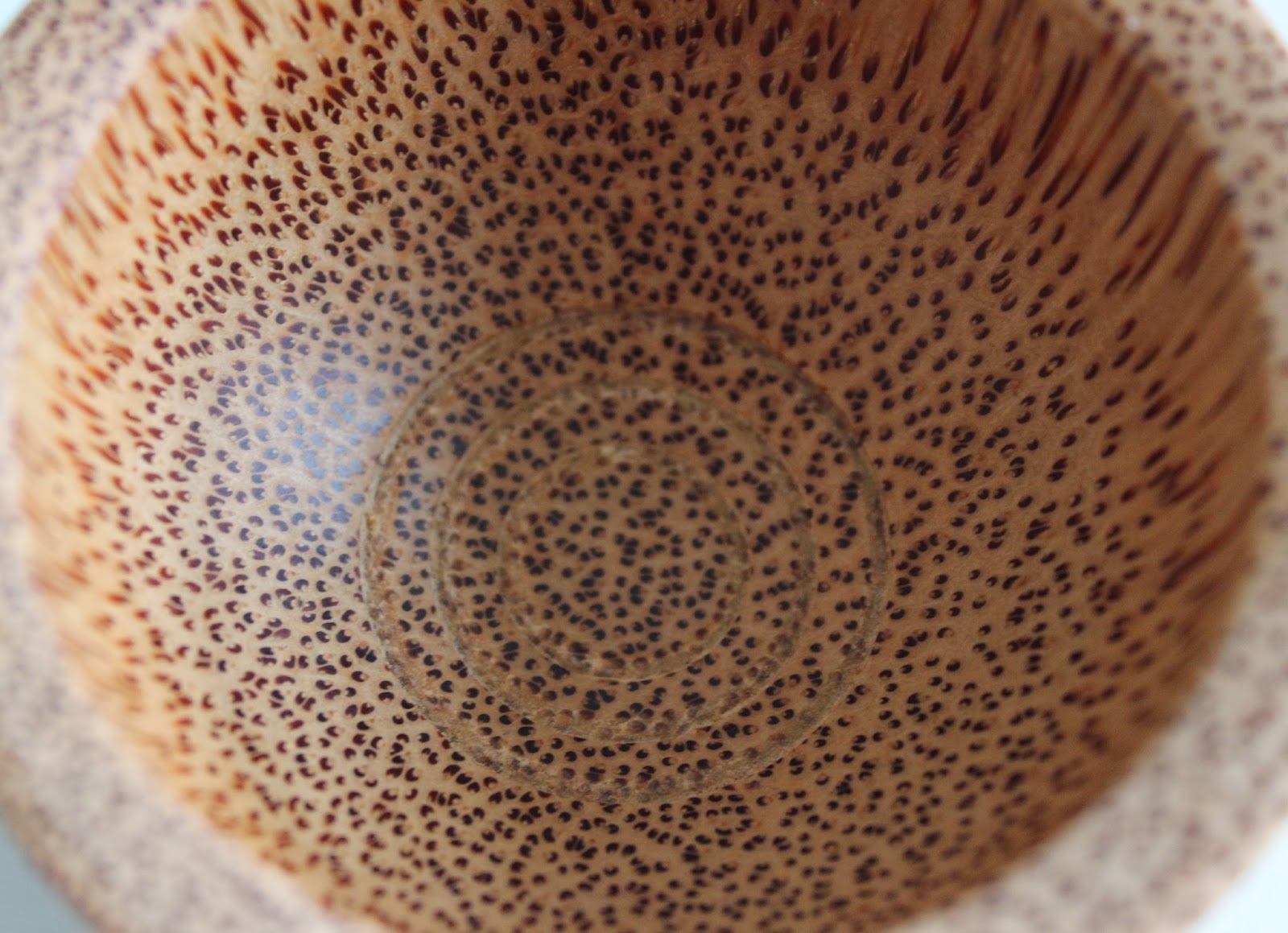Rather than the usual 1pm rude awakening when the world becomes unbearably noisy and you have no choice but to open your bleary eyes, rise from your not-really-sleep-because-I-passed-out-fully-clothed-when-I-got-home and immediately brush your furry teeth, it's sometimes pleasant to jump out of bed on a
Sunday morning bounding like a gazelle and ready for the day. Only sometimes.
On occasions such as this, it's an East London rite of passage that you
must be out of the house by 10am because you have to attempt to avoid the crowds at Columbia Road flower market, though they inevitably still beat you there every single time.
Perusing the endless flower stalls isn't really what it's about. More soaking up the atmosphere of irate boisterous middle aged women trying to get to antique wooden cargo boxes through 500 miles of relentlessly thick clods of tourists. Once you get past how busy it is, it's actually a lovely way to spend a morning. The street is lined with antique jewellery shops, second hand books, handmade cake stalls, independent stationers and even a wine shop with seats inside where you can enjoy an early morning glass of champagne, should you need it.
Along the wider end of the road where the flower stalls peter out, is home-ware shop
Nom Living. Distinctive with its tables of unusual wooden utensils outside, inside the shop you can find an array of unique coconut wood kitchenware, colourful lacquer bowls and trays, spoons made from shell and horn and rustic uneven ceramic crockery.
I picked up this coconut wood pestle and mortar:
With the wood being so smooth, the inside bowl is designed with circular indentations to help grind herbs and spices.
The coconut wood has dark flecks running along the grain, so when cut across the grain these show as dots or when cut with the grain, as long lines. Using the wood to carve a shape with rounded areas adds to the striking effect.
The collection was getting a lot of attention in store. It was like a bartender had just announced free shots for the first 50 customers, the area around the collection was three-deep.
Not only does the pestle and mortar look pretty sitting on the work surface but having never seen kitchenware like it, anything from the coconut wood pieces would make unique gifts too.
You can get them online
here but for the real experience, get there on a Sunday morning to fight your way through the hoards. It's worth it.
















































